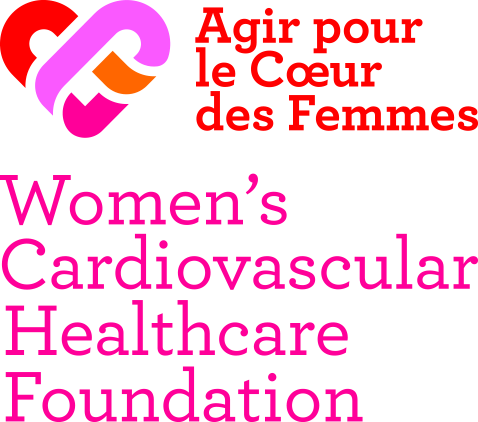Atrial fibrillation is an abnormal heart rhythm caused by a malfunction in the heart’s electrical system, which is located in the atria. This causes an irregular heartbeat. These days, around 1 in 30 adults experience atrial fibrillation, but the numbers increase as people age: the disorder affects 1 in 20 people over the age of 65 and 1 in 10 over the age of 80. The number of people with atrial fibrillation is increasing so rapidly that the disease’s frequency is expected to double within the next 30 years. It is estimated that a person over the age of 40 has a one in four chance of developing atrial fibrillation over their lifetime. Multiple factors contribute to this arrhythmia and the main ones are aging, obesity, high blood pressure, sleep apnea, diabetes and heart disease. Atrial fibrillation contributes to the formation of clots inside your heart. They can then detach, move into the blood stream and end up block one or more of the arteries supplying blood to the brain. Those with atrial fibrillation have five times higher risk of stroke and double the risk of cognitive impairment and dementia over the long term. Plus, the irregular beats can weaken the heart and lead to heart failure. The most frequently reported symptoms are fatigue, shortness of breath and palpitations. Sometimes these symptoms are overlooked or absent and the diseases is only discovered when there’s a complication (most often a stroke). That’s why it’s essential to be able to diagnose atrial fibrillation early before there’s a complication. The European Society of Cardiology recommends systematic screening from the age of 65 (by checking the pulse or getting an electrocardiogram). There are three main strategies for managing and treating atrial fibrillation: 1/Prevent a stroke. To do this, a blood thinner is prescribed in most cases to prevent clots from forming. 2/Control symptoms and improve quality of life. Depending on the situation, this involves either prescribing medications or doing a catheter ablation. This procedure consists of blocking the abnormal electrical impulses in the atria using a catheter inserted through a vein in the groin while the patient is under general anesthetic. 3/Correct contributing factors. This may include controlling blood pressure, losing weight if necessary, screening for and treating sleep apnea, etc. Research shows that women with atrial fibrillation are often more uncomfortable than men, experience more significant decreases in quality of life and have lower tolerance for antiarrhythmic drugs. Yet it’s been shown that they’re often referred to specialized rhythmology centers later than men to discuss ablation procedures even though this treatment is as effective for women as for men. At Women’s Cardiovascular Healthcare Foundation, our goals are to Alert everyone about how important it is to screen and treat atrial fibrillation early, Anticipate by raising awareness of the importance of preventive measures, and Act to promote faster referral of patients to effective treatments.






